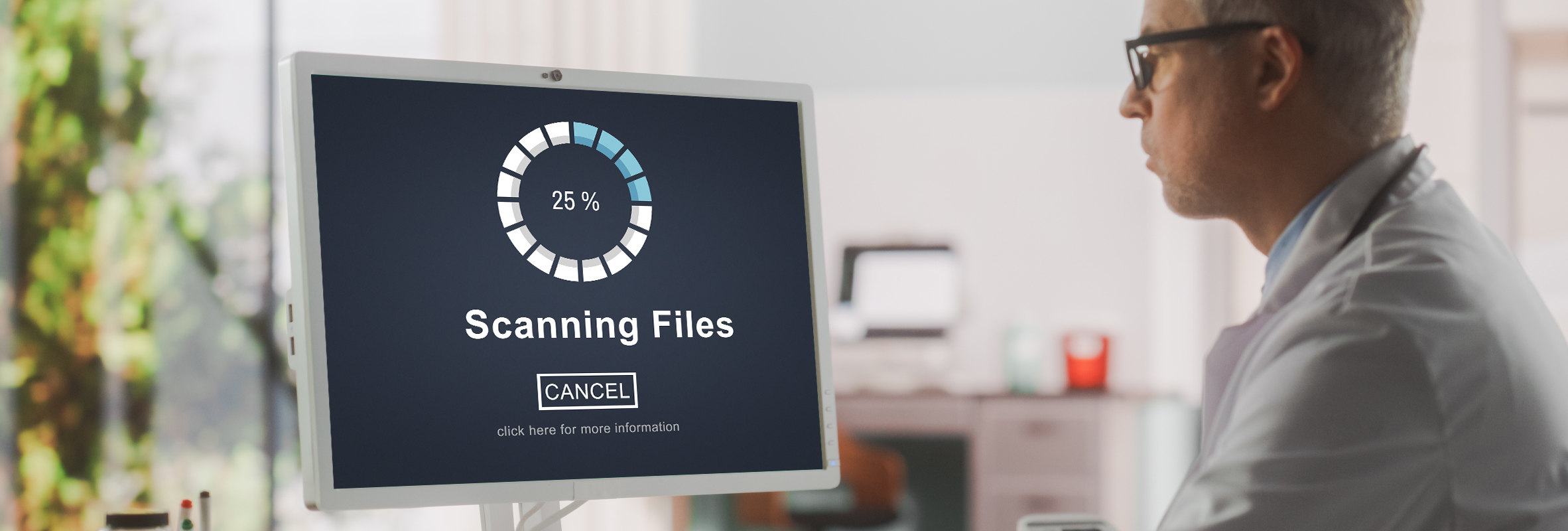HOW TO PRACTICE GOOD PC HYGIENE
Monday, January 1, 2024
Your PCs, tablets, and phones need a good hygiene routine too! PC hygiene is how we keep our PCs clean of malware that can damage our files and compromise our systems. Maintaining good PC hygiene is like building a fortress around your digital world.
Here are 10 steps for you to follow that can help keep the bad guys at bay.
1. Updates
Keep your operating system, antivirus software, and other applications and programs up to date. Updates often include security patches that fix vulnerabilities exploited by cybercriminals.
2. Passwords
Always use complex passwords and consider using a password manager to generate and store them securely. Avoid using the same password across multiple accounts.
3. Firewall
Enable a firewall to monitor and control incoming and outgoing network traffic. This adds an extra layer of defense against unauthorized access.
4. Anti-Malware Software
Install reputable antivirus and anti-malware software. Regularly scan your system for potential threats and remove any malicious software.
5. Backup Your Data
Regularly back up your important files to an external drive or a secure cloud service. In case of ransomware or hardware failure, you can restore your data without paying a ransom.
6. Secure Wi-Fi Connections
Use strong encryption (WPA3) for your Wi-Fi network and change the default router login credentials. This prevents unauthorized access to your network.
7. Phishing Awareness
Be cautious of unsolicited emails, messages, or links. Verify the legitimacy of emails before clicking on links or providing sensitive information. Cybercriminals often use phishing to trick users into revealing personal data.
8. Two-Step Verification (2SV)
Also known as Two-Factor Authentication (2FA), be sure to enable 2SV whenever possible. This adds an extra layer of security by requiring a second form of verification, such as a code from your mobile device.
9. Limit User Privileges
Use a non-administrator account for daily activities. This limits the impact of malware or unauthorized access, as these accounts have fewer system-wide privileges.
10. Educate Yourself
Stay informed about the latest security threats and best practices. Knowing what to look out for can help you avoid falling victim to various cyber-attacks.
By incorporating these practices into your digital routine, you’re not just building a fortress; you’re also becoming a vigilant guardian of your online world.
If you know, or think you have been a victim of internet scams, phishing or cyber-attacks or your banking information has been compromised, contact your financial institution immediately and report it to local authorities.
You can also report to the Canadian Anti-Fraud Call Center at 1-888-495-8501.

